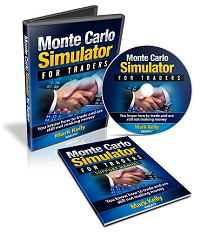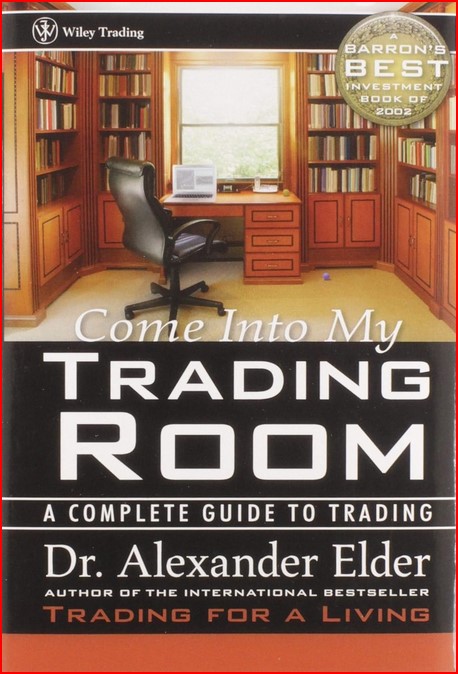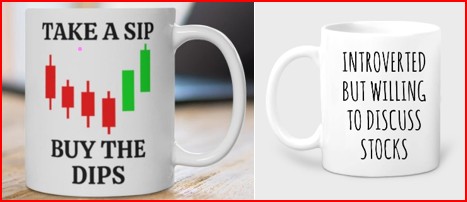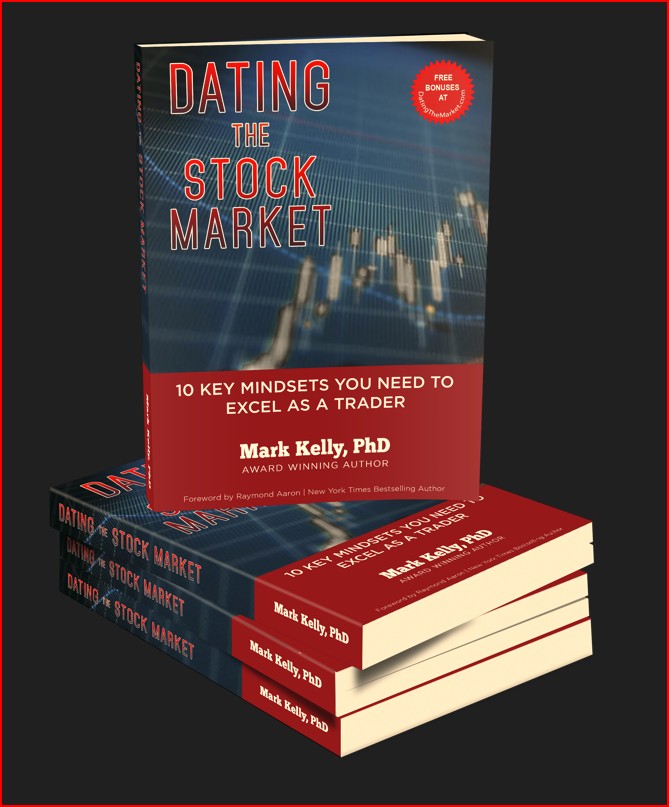What is the difference between a market order and limit order?
A limit order gives you price while a market order gives you speed

Bulls and bears are used to describe the up and down of the market. A bull tends to use its horns to lift oncoming threats out of
the way and raises them into the air which is the direction of a bull market. Bears
tend to come down on you from above hence they represent a bearish market or
one that is falling.
The above desk figurines depict the back and forth of the market as it unpredictably tends to move in a preferred direction. They make good gifts for traders, stock brokers or financial advisors.
You can enter a trade with a limit order or a market order. When developing your trading system, two things you need to consider are the time it takes to enter the market and also how slippage, that is the price you are filled at vs the price you wanted, will affect your trade. This should be part of your money management plan. By defining how you will enter the stock market, you will know before you buy if you are decreasing or increasing your risk level.
In the short video above I discuss the difference between static and dynamic (live) quotes and why, when you place a market order instead of a limit order you may get filled at a higher price than you expected.
How should you buy or sell a stock: limit order or market order?
Limit order
- Need to wait until the price aligns with your limit order
- Get the exact price you want
- Need to wait for the market to come to you
- Eliminates slippage
- Example: A stock is trading at $18.35 and you only want to pay $18.32. You place a limit order at $18.32. The stock hits $18.33 and then goes higher, you will not own the stock.
Market order
- Increases speed at which you will enter the market.
- Provided the stock is trading, you will get in
- Slippage may be larger than you would like
In the stock market you can either buy fast (market order), think about the hare in the hare and tortoise story or slow (limit order) like the tortoise.
Let us look at the stock market. For every stock there is a bid and asked price. For low volume stocks, say under 50,000 shares traded per day the bid/asked spread can be quite large.
Example: stock ABC bid 5.78 asked 5.86
This means that someone wants the stock but is only willing to buy it for 5.78, but the seller wants 5.86. Therefore, this stock will just sit there until either a buyer raises their bid price or a seller lowers their asked price. When the two match, you have a trade.
Now let us look at a stock that trades over 1,000,000 shares a day. Now the bid/asked will generally look more like this
Example: stock XYZ bid 5.81 asked 5.83
The spread is much narrower and trading occurs much more frequently.
If you decide to buy the above stocks, here is what would happen:
If you need the stock right now you need to place a market order. You would likely pay $5.86 per share for ABC and $5.83 per share for XYZ but you should get filled within seconds after placing your order. In a fast moving market, the asked price may change quickly. In the case of XYZ, just after you place your order, the asked price could jump to $5.85. You now just incurred some unexpected slippage and paid $5.85 instead of $5.83 for the stock.
If you want the stock but only want to pay $5.81 per share then you would place a limit order at $5.81. In the case of XYZ you would likely pick this up within a minute provided the stock price did not move up after you placed your bid. However, for ABC, you would only buy the stock if someone dropped their asked price. This could take minutes or hours but there will be no slippage in this transaction. However, there are times when you will not be successful in your purchase when you buy a stock this way.
The choice is yours. When you place a limit order, you know what price you are paying but you are unsure whether you will get the stock. When you place a market order, you know you will get the stock but you will not know the fill price until after you purchase the stock.
When you are still confused about the difference between a limit and a market order, Alexander Elder in his book "Come Into My Trading Room", gives a more complete definition.
When you now understand the difference between limit and market orders and are ready to take the next steps on your trading journey you should learn from professionals. Understanding the stock market takes time and is a skill, that once learned, can be used throughout your lifetime and taken with you were ever you go.
Another type of order which can be entered is a bracket order. This type of order allows you to enter both a limit and a stop loss order or a stop limit order at the same time.
Gifts for Stock Traders - Stock traders are a different breed. For the stock trader in your life or as a present to yourself consider getting a trading mug. This can be used throughout the day to sip on your favourite beverage and remind you that you are a trader.
Short Course
Introduction on How to Trade Stocks for Beginning Traders
New to trading, not sure where to start. I have put together a short course consisting of 18 lessons. Each lesson should take less than 5 minutes to review. Each lesson provides you with alternate resources to continue learning about that particular topic.
To learn more about this course and sign up please visit the course webpage by clicking the link below.
Monte Carlo Simulator
for Traders
 Having troubles sticking with your trading system?
Having troubles sticking with your trading system?
Do you move from system to system looking for the one system that will bring you riches?
Perhaps you already have it and tossed it aside when it went into a down period.
Using this Excel based program will show you what you can expect out of your trading system once you know the % wins and profit factor.
Stop wasting your time searching for the perfect system (which does not exist) and start trading.
$20.00




